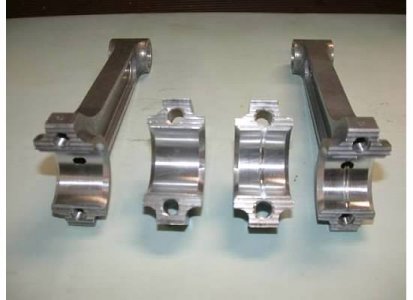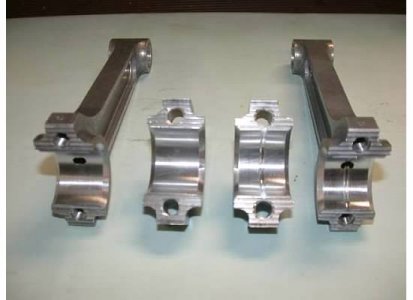If the intent is to run the NB directly on the shaft, the shaft material should be considered. If it is soft, it won't last long if there is much radial load. You can purchase inner races that are hardened, ground, and lapped that are designed to have needles on them. If you can turn the shaft down to accept one of those, you'd have a very nice bearing setup. Inner races are a light press, normally.
The outter race, with cage and needles should not be a high press fit. The shells are not that strong axially. I do mine with 0.0003-0.0005 interference, but no more.


